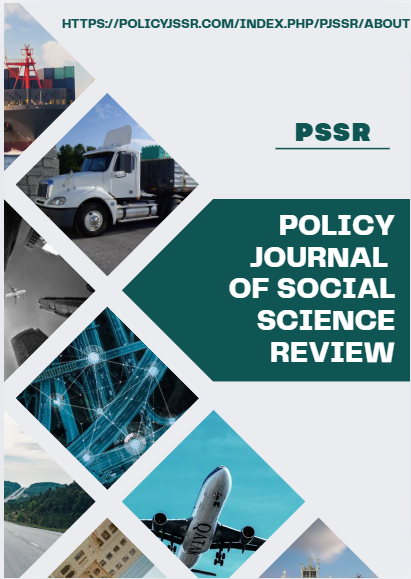EFFECTS OF LOW-INTENSITY EXERCISE ON ANTHROPOMETRICS AND BODY COMPOSITION IN SEDENTARY ADULTS
Abstract
Sedentary lifestyles contribute significantly to obesity and metabolic disorders in Pakistan, yet the efficacy of accessible low-intensity exercise (LIE) remains unexplored in this population. This study investigated the effects of a 12-week supervised LIE program on anthropometrics and body composition in sedentary Pakistani adults. Thirty participants (aged 18–25) were randomly assigned to a Low-Intensity Group (LIG, n=15) performing aerobic exercise (40–50% HRR, 3x/week) or a no-intervention Control Group (CG, n=15). Anthropometrics (weight, BMI, waist/hip circumferences, waist-hip ratio [WHR]) and body composition (fat percentage) were measured pre- and post-intervention. While no statistically significant between-group differences emerged (p > 0.05), the LIG demonstrated consistent reductions in weight (-2.07 kg), BMI (-0.53 kg/m²), waist circumference (-0.50 cm), hip circumference (-0.43 cm), WHR (-0.0029), and body fat percentage (-0.48%), whereas the CG showed negligible change. WHR exhibited the largest effect size improvement (Glass’s Δ = -3.626, p=0.055). These trends suggest LIE may improve body composition, particularly abdominal adiposity (WHR), in sedentary Pakistani adults, supporting its feasibility as a scalable public health intervention despite sample size limitations.
Keywords: Low-intensity exercise, anthropometrics, body composition, waist-hip ratio & sedentary adults





